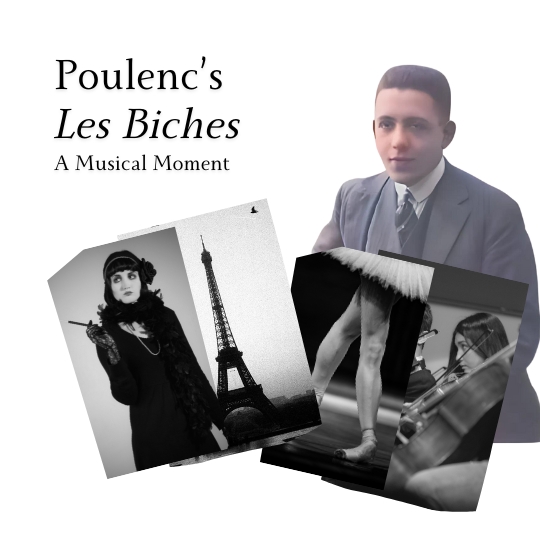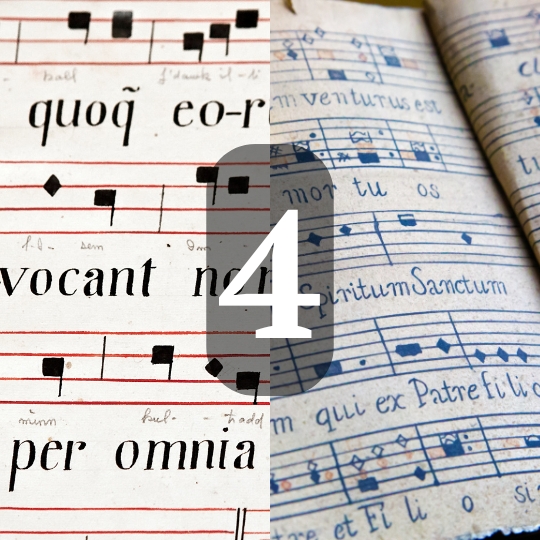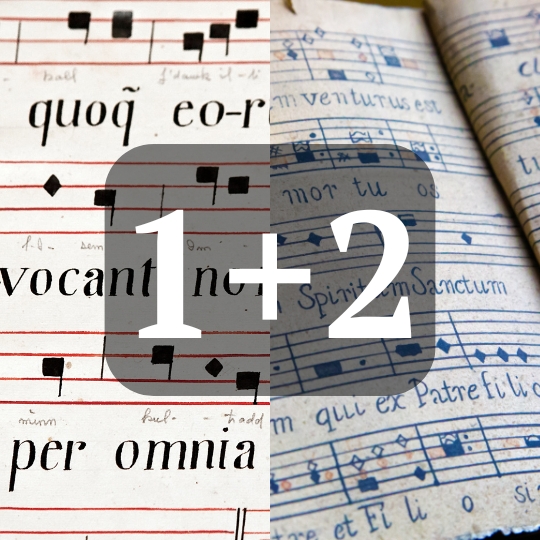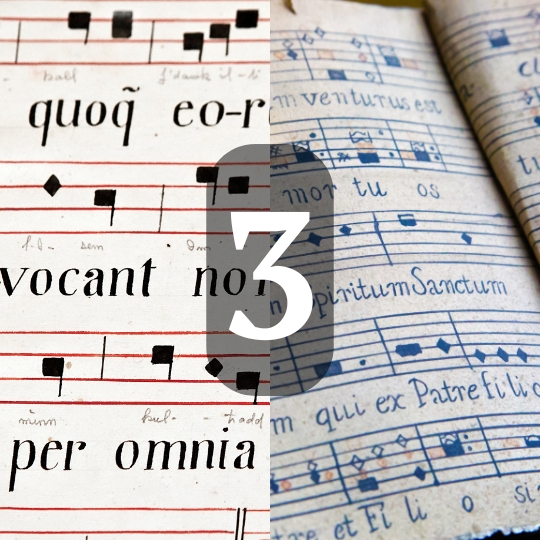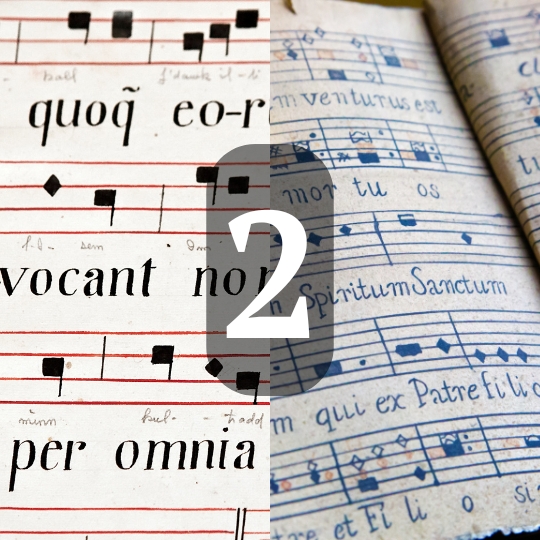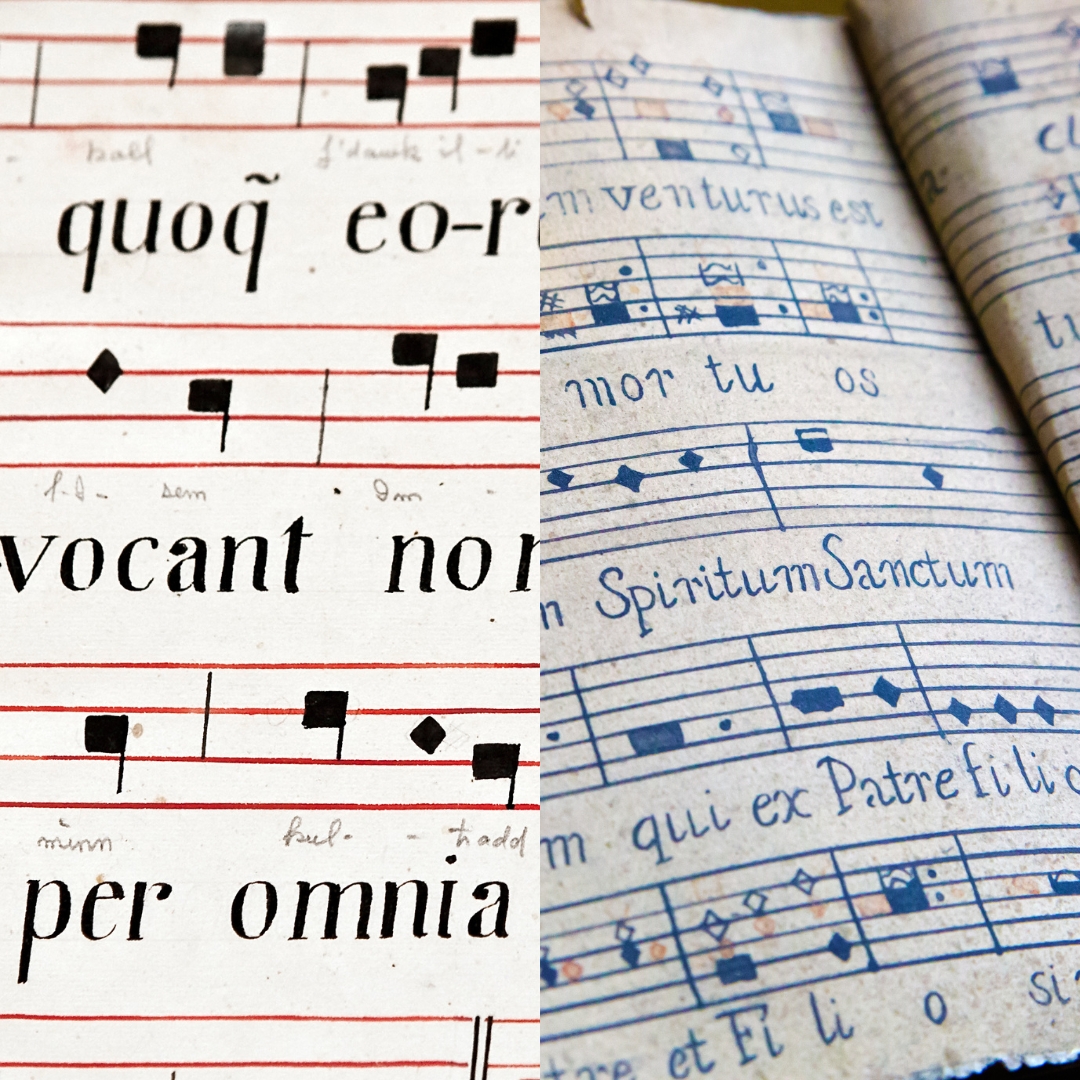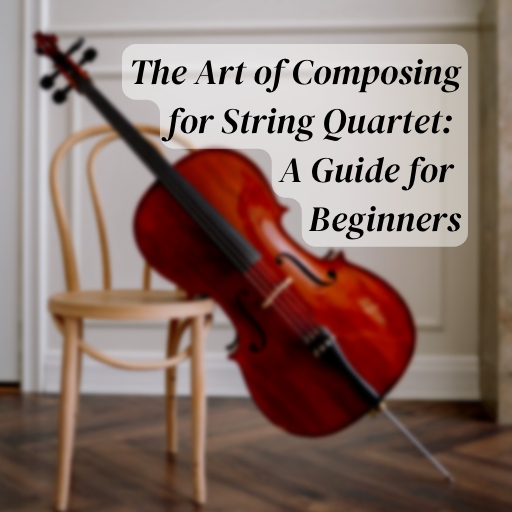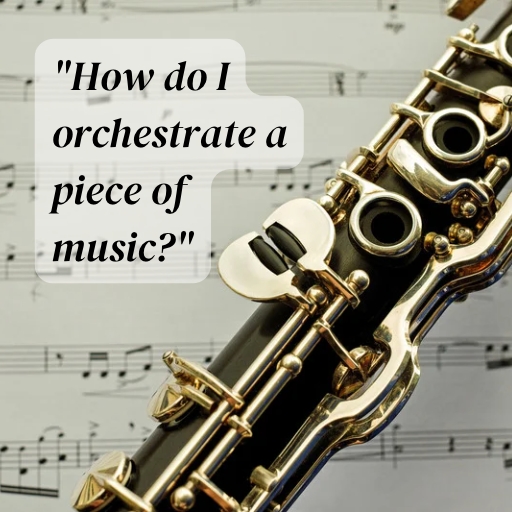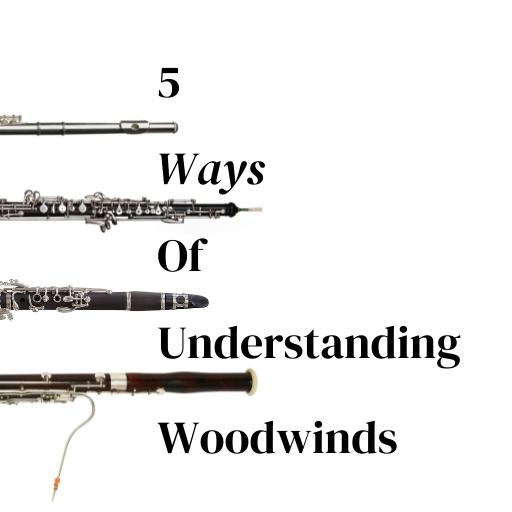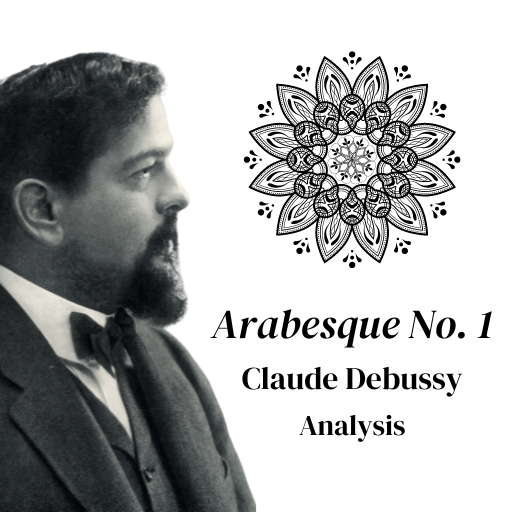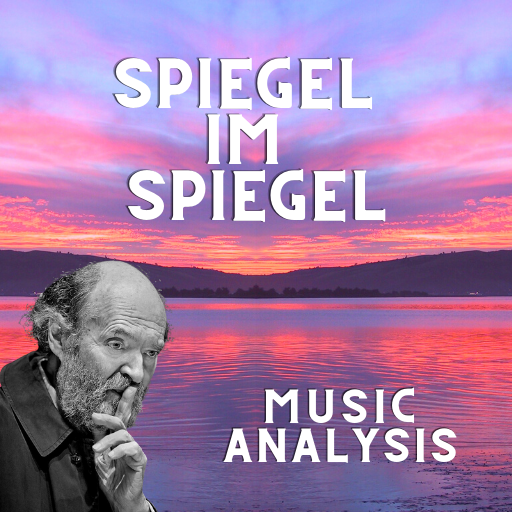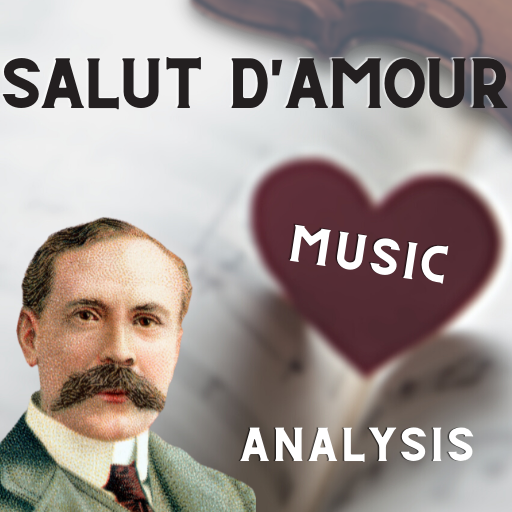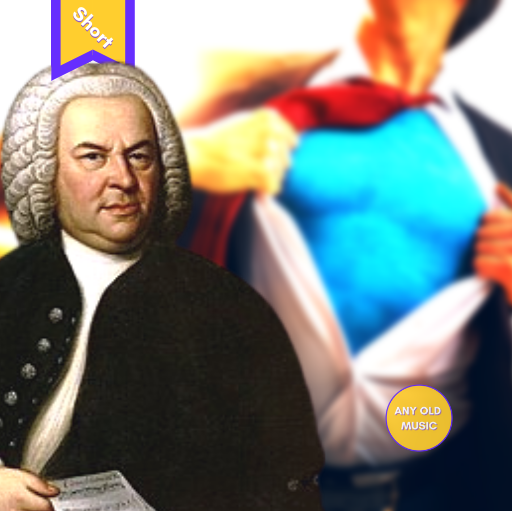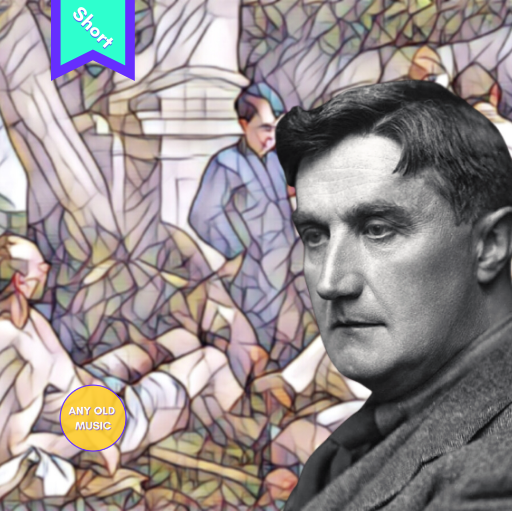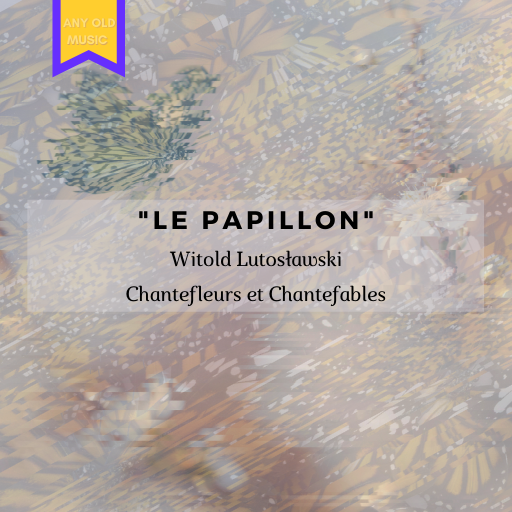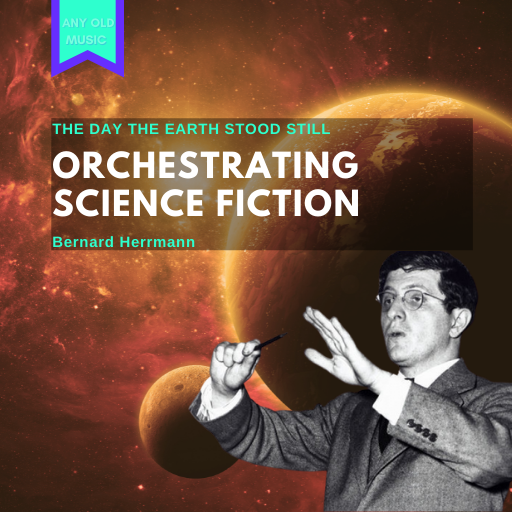I want to delve into the composition and arrangement of John Williams’ The Flag Parade from the 1999 prequel Star Wars I: The Phantom Menace. In this article, we’ll analyse this musical piece to discover valuable insights that can benefit us as composers and arrangers. We’ll explore its structure, tonal schema, themes, and the fascinating use of harmonic pedal points within The Flag Parade.

Analysis Video
Score Video and Other Analyses
For my analysis, my focus is on the composition and arrangement aspects, rather than its audio-visual and semantic use within the film. I will be examining the concert version published by Hal Leonard. Fortunately, there is a score video available for the concert arrangement, which I have linked here. Additionally, here is another analysis video that simplifies the score and showcases its usage with the film, as well as highlighting some variations seen in the film.
The themes
In this arrangement of The Flag Parade, the primary distinction between sections is the use of different melodies and the forms and textures within which they are presented. The work alternates between three thematic units:
- Theme A, typically presented by unison horns (along with other doublings), is a broader, stable and stepwise moving theme. Although it does enjoy a few leaps in the middle of its phrasing.
- Theme B, counterpointing theme A, it is similar in mixing step and excitable leaping intervals but is much more rhythmically unstable. Using shorter rhythmic durations on what we normally view and hear as stronger beats of the bar, the feeling is one of sudden rushes in momentum, early in the bar, before momentary resting points on weaker beats and divisions. Williams emphasises this stability by removing the heavy, metred bass pedal that accompanies Theme A.
- Fanfares, which themselves come in two forms: (1) as homophonic, planing major chords or (2) a polyphonic, quartile figure that is reminiscent of the opening Star Wars fanfare. The fanfare statements tend to bridge or transition between the other thematic units.

Les Biches (RM25-6) – Francis Poulenc
How to Write Fourth Species Counterpoint: A Comprehensive Guide
Starting to Compose With Counterpoint: Guide to Writing Combined 1st and 2nd Species Counterpoints
How to Write Third Species Counterpoint: A Comprehensive Guide
How to Write Second Species Counterpoint: A Comprehensive Guide
How to Write First Species Counterpoint: A Comprehensive Guide
Making Mozart Scary
The Art of Composing for String Quartet: A Guide for Beginners
Anatomy of the Orchestra by Norman Del Mar (Book Review)
“How do I orchestrate a piece of music?” (5-tips.)
Nocturne No. 19 in E-Minor, Op. 72 No. 1 (Analysis) – Friederich Chopin
Gilderoy Lockhart – John Williams (Impromptu Melodic Analysis)
The overall structure and tonal schema
Focussing first on the tonal and modal shifts in the work, we can see two relationships emerge from the structural overview. The first of these is the mediant relationships: Bb and D, D and F, F and Ab, and Bb and G. The second of these relationships is the alternating pattern between parallel major and minor keys. These switches pair with the changes between theme and fanfare material.

If we recall, from our analysis of Mozart’s E-Minor Violin Sonata, we identified how concise and closely related the tonal areas were to one another, using the circle of 5ths to visualise this. We also found that the outlier, in this cluster of tonalities, was the parallel G minor modulation. If we apply the same approach to Williams’s The Flag Parade, we get a more disparate collection of keys. The reason for this is the underlying harmonic forces are different between Mozart and Williams. In the 18th century, it was aesthetic for harmony to orient around dominant and tonic relationships both on a small and large scale. In the case of Williams, his music is influenced by later 19th and 20th-century harmonic aesthetics. While dominant relationships are still important, we can observe this in the move to G-minor at the end of The Flag Parade and the transition from F to Bb between sections 7 and 8, mediant relationships are what characterise the harmony and tonal scheme of this composition.

A better way to understand and visualise mediant relationships is to use a Tonnetz diagram. A Tonnetz is essentially a linear stratification of the circle of 5ths. For instance, if we break the circle of 5ths and stretch it out into a line, adding in offset, parallel lines that allow us to form major and minor chords by drawing triangles between adjacent pitches, we get what is known as a Tonnetz diagram.
Using a Tonnetz, I have created an animation of The Flag Parade’s tonal structure. Progressing gradually between the sections, the circles highlight the tonic chord of each tonal centre. The Tonnetz diagram, as you can see, is also a good demonstration of how close major and minor keys are, in terms of voice leading. Note how, for the most part, the circles highlighting tones on the Tonnetz do not travel very far, and there are often one or two pitches that remain rooted while the others move.
If you’re enjoying this article, why not sign up to our musical knowledge bombing list? (Find out more by clicking the link. Thank you.)

The D-Major to F-minor relationship is a more distant modulation, which we can see in the Tonnetz, where all three circles move between these keys. However, to bridge this, Williams delays the movement of the pedal harmony from D. While the repeated Theme-A melody asserts F-minor, it is not until 2-bars later that F becomes the harmonic pedal. I can only speculate on the thinking, but I would assume the reason for this was to make the transition less sudden. By having the melody change first and the harmony shortly afterwards, we are not confronted with an abrupt tonal change but one that unfolds over several bars.

The Lark Ascending (Music Composition Analysis) – Ralph Vaughan Williams (Article 1 – Lessons in Harmony)
How to repeat melodies without them getting boring… [Video]
5 ways of Understanding woodwinds
Arabesque No. 1 – Claude Debussy (Music Composition Analysis)
Spiegel im Spiegel – Arvo Pärt
Salut D’amour – Edward Elgar (Music Composition Technique Analysis)
Fawkes the Phoenix – John Williams (Music Composition Analysis – Arrangement, melody and melodic development)
Nocturne from Scénes de la Fôret – Mélanie Bonis
Troika from Lieutenant Kijé (suite) (1934) – Sergei Prokofiev
J. S. Bach – Badinerie (Orchestral Suite No. 2 in B-minor) (Bitesize Composition Analysis)
Ralph Vaughan Williams – Five Variants of Dives and Lazarus (Bitesize Orchestration Analysis)
This is Berk – How To Train Your Dragon (Dreamworks) – John Powell (Music Analysis – Composition Technique)
Pedal points, melody and modality (Theme A)
While the melodies impose modality, the pedal points root the tonality of each section. Anchoring each section, pedal points sustain or repeat a specific tone. Usually, in the bass, they can be imposed anywhere in the texture. For instance, Williams also adds an inverted pedal point in section 17 of The Flag Parade. Oscillating between the root and leading tone he’s able to create an emphatic finale section.
Most frequently, Williams places his pedal point below the texture, in the bass. Just like an anchor, he gives it some incredible orchestral weight in the very low bass registers. Although this varies subtly through the piece, he often orchestrates his pedals using bassoons, tuba, timpani and cello on the upper octave, with contrabassoon and double bass on the lower D1+ octave. The piano adds to this, doubling both octaves.
To put this weight and register into context. The score demands double basses that can reach a very low D1. Standard double basses typically have a low fourth string tuned to E1. However, to reach D1, the double basses will need a 5th string or extension device that usually go down to C1. (If you’d like to know more, I’d recommend the linked video, which covers extensions and 5-string double basses in detail.) Alternatively, all good orchestration handbooks will discuss these as well.
The pedal points impose tonal centres that might otherwise be unclear in other portions of the music. If we take Theme A, for example, it starts promisingly. By emphasising the root pitch and minor 3rd, the tonality and modality are strongly established with the pedal. However, Williams quickly destabilises this by using the augmented-4th-degree of the scale, not tonicising, but polarising the 5th-degree. The augmented-4th does this by its unstable relationship with the tonic and its leading tone relationship with the 5th. While we never leave D-minor or D-aeolian in this passage, the G-sharp adds anticipation and momentum to the melody as it anticipates the 5th degree, the high point of this phrase, through these tonal relationships.
In bar 6, Williams does something similar with the root, using chromatic inflexions again. The melody falls to the flattened second degree of the scale: Eb. A Phrygian modal quality, at first, the flattened second darkens the modality of the music here, before darkening even further through the use of the flattened, Locrian-5th in bar 7. Considered the darkest of the modes the Locrian passage is abrupt, and the music is shoved back into the light, at the end of bar-7 and into 8. The quick succession of the F, E-natural and D reimposes D-aeolian at the very end of the section.
The result of these modal interchanges is a miniature dramatic arc. If we reignite the earlier analogy of the pedal point as being an anchor, the melody line is the ship and the sea. Each modal shift or chromatic inflexion is the sea enacting a force on the ship, causing it to pull on the line between it and the anchor. Tension in this imaginary line reflects the harmonic tension we hear between melody and pedal point. Will the line break, will it hold? Who knows, the excitement is in the uncertainty and the eventual resolution.
Somewhat contrary to this, Williams could, if he was thinking theoretically about the harmony at all, be thinking tonally rather than modally. For example, in the linked video below Listening In points out the use of bII in Princess Leia’s theme. The flattened-supertonic, or the Neapolitan Second as it can be called in 18th-century, “functional” harmony, is often linked to the exotic (The video below is set to start with the analysis of Princess Leia. However, I’d recommend watching the whole video, as it is a fabulous exploration of different cues in each trilogy). Mos Eisley, on the desert planet of Tatooine, is something of an exotic place. Thinking about this, Williams could well have decided he needed to get this harmonic novelty into the theme, to communicate what has become an understood piece of musical language in Hollywood cinema.
Again, this last point, along with exploring the semantic use of pedal point (similar to the ritualistic qualities of Duel of the Fates, also analysed in Listening In‘s video), is really a separate line of enquiry. However, one thing that I do think is: what makes Williams distinct is the fact that he is comfortable with and could merge his understanding of harmony both tonally and modally.
Pedal point(less), melody and rhythm (Theme B)
In contrast, the dramatic quality of the B-theme sections is created in the removal of the anchor. With no pedal point, Theme B sections counterpoint Theme A through their top-heaviness. Williams further capitalises on breaking anchor, by writing a melody that alters the rhythmic emphasis from beat 1 to beat 2. Like having the rug pulled from underneath our feet, the excitement of these sections is no longer characterised by the tension between melody and pedal. Instead, the danger of capsising is what captivates us through these sections.

In removing the pedal point through Theme B sections, the music suddenly becomes top-heavy. The orchestration exacerbates the situation by providing a very light accompaniment on the horns. This accompaniment is syncopated, counterpointing a strongly foregrounded, high melody line that is doubled across octaves by violins, violas and woodwinds. Furthermore, any bass interjections, which are fragmented, are also off the beat, which further undermines our sense of metre through these passages.
In addition to the top-heavy orchestration, the rhythmic variety in theme-B is much greater than theme A. Furthermore, the rhythm of theme B places more emphasis on the second beat of the bar. It does this by placing longer durational values on most second beats, allowing the music to rest on these points for slightly longer. The first beats, using shorter durational values, divide the beat much more and propel the music to these resting points. The combination of these two makes the melody feel as though it is rushing through beat 1, to get to beat two. Slightly drunk, it stumbles forward before regaining its balance for a moment.
Arvo Pärt – Für Alina (Bitesize Music Composition Analysis)
Bizet – Guiraud – Farandole from L’Arlesienne Suite No. 2 (Bitesize Composition Analysis)
Bernard Herrmann “The Merry-go-round” from “Walking Distance” (Bitesize Music Composition Analysis)
Aaron Copland – “Simple Gifts” (Appalachian Spring / Ballet for Martha) – Bitesize Music Composition Analysis
George Frideric Handel – Overture from Music for the Royal Fireworks – Bitesize Music Composition Analysis
Pyotr Ilyich Tchaikovsky – Symphony No. 2 “Little Russian” – Orchestrating Variety – Bitesize Orchestration Analysis
Frédéric Chopin – Nocturne No. 1 Op. 9 – Developing Melody – Bitesize Composition Analysis
Wolfgang Amadeus Mozart – K. 304, K. 448 & k. 550: varying repetitions – bitesize Composition analysis
The Sorcerer’s Apprentice – Paul Dukas (Music Composition Techniques Analysis)
Learning from John Williams – Recomposing Flag Parade
Le Papillon (from Chantefleurs et Chantefables) – Witold Lutosławski – Composition Technique
The Day the Earth Stood Still, Bernard Herrmann – Orchestration Technique
Structural counterpoint
When we think of the term counterpoint, we often think of polyphony: musical lines playing simultaneously, to create melody and harmony. However, in many, if not all pieces, there is a linear counterpoint unfolding on multiple scales of a composition. On a smaller scale, it could be the progression of phrases within melodic sentences, or even the individual notes of those phrases. On a larger scale, it could be sentences or whole sections or movements in a composition. The Flag Parade is no exception and, in counterpointing sections, it efficiently generates interest.
While the composition uses plenty of repetition, it often breaks those repetitions and offers a degree of change. For instance, the repetition of Theme A is broken by fanfare statements before returning in a different key. These fanfare statements are themselves varied in length, while also altering the modality of the preceding theme A section. The theme B sections then antithesis Theme A by raising the anchor, removing the pedal point. In breaking up repetitions, Williams is playing and managing rates of change within his music. Doing this will undoubtedly allow him to compose extended pieces of music in a shorter amount of time.
Summary
The work is quite a simple composition. However, it exercises deftness within its limited components. Deftness that we are hopefully a little closer to ourselves. In analysing Williams’ The Flag Parade, we have learned three techniques we can try to apply in our work. (1) Firstly, pedal-points, which can anchor chromatic, modal melodies. These melodies can then pivot around this fixed point and we can create tension and interest by controlling the relationship between these two parts. (2) Secondly, mediant relationships, which we can use to revitalise our material, without the need for extensive transitions to achieve smoothly. (3) Lastly, structural counterpoint: how the units of our compositions complement and strengthen qualities in other sections. More broadly, the composition shows us that well-crafted, catchy music need not be complex… where have we heard that before?
Sources (with links, where relevant)
Contrabass Conversations (2019) How Double Bass Extensions Work [Video].
Listening In (2019) Star Wars – The Genius of John Williams [Video].
Persichetti, V. (1961) Twentieth-century harmony: creative aspects and practice. London: W. W, Norton & Company.
Silfimur (2018) John Williams: Star Wars Suite (with score) [Video].
Silfimur (2018) John Williams: Star Wars – The Phantom Menace Suite (with score) [Video].
Fandom: Star Wars (n.d.) Mos Espa pod race circuit [Website].
Star Wars I: The Phantom Menace (1999) Directed by George Lucas. 20th Century Fox.
Wikipedia (n.d.) Tonnetz [Website].
Williams, J. (1999) Star Wars: The Phantom Menace Suite for Orchestra [Music Score]. Milwaukee: Hal Leonard.

